


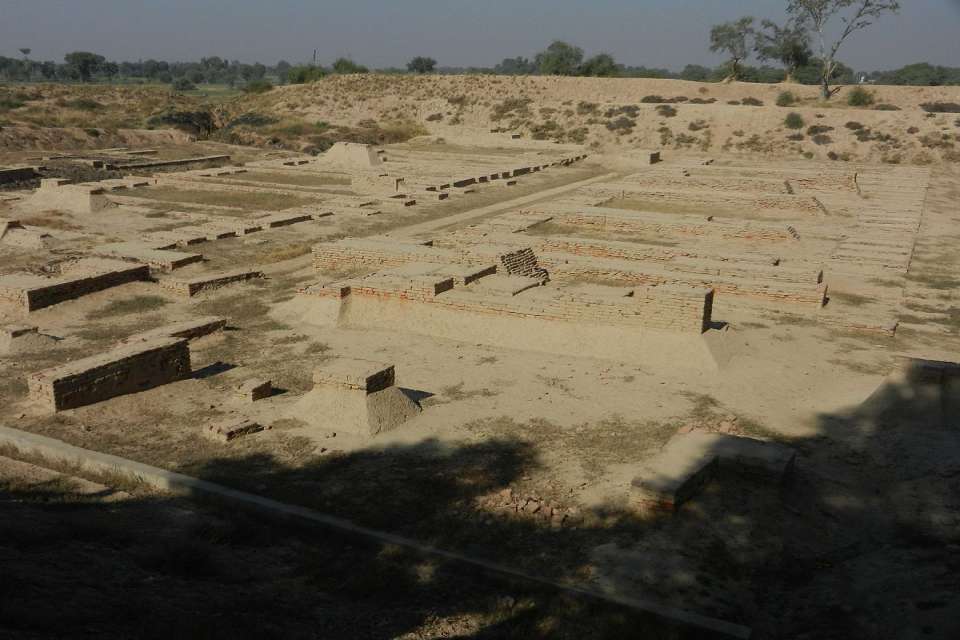
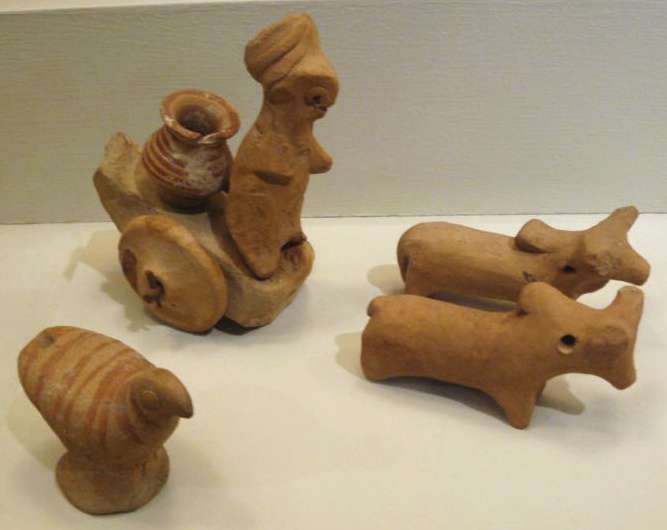





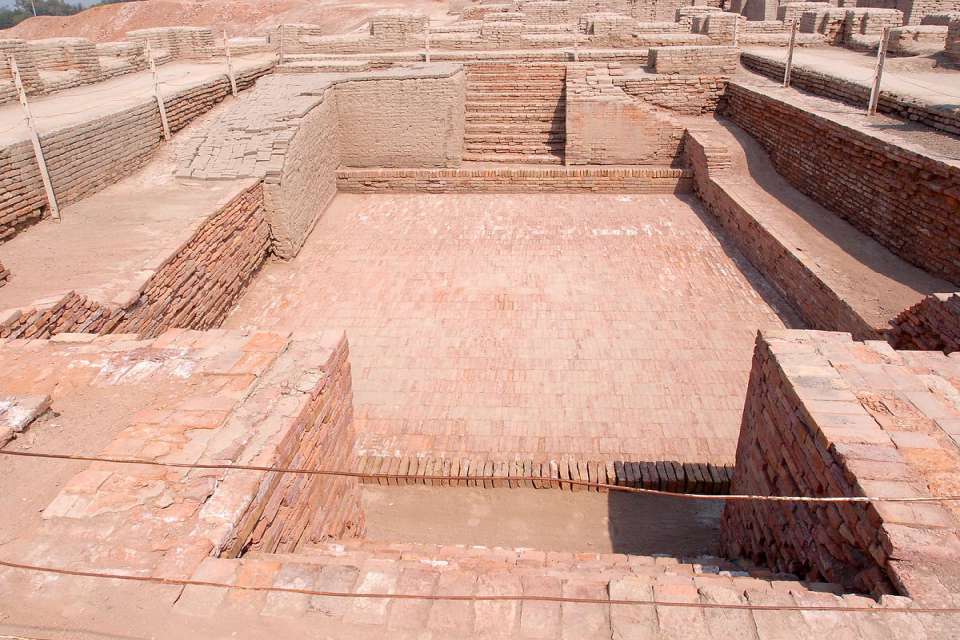
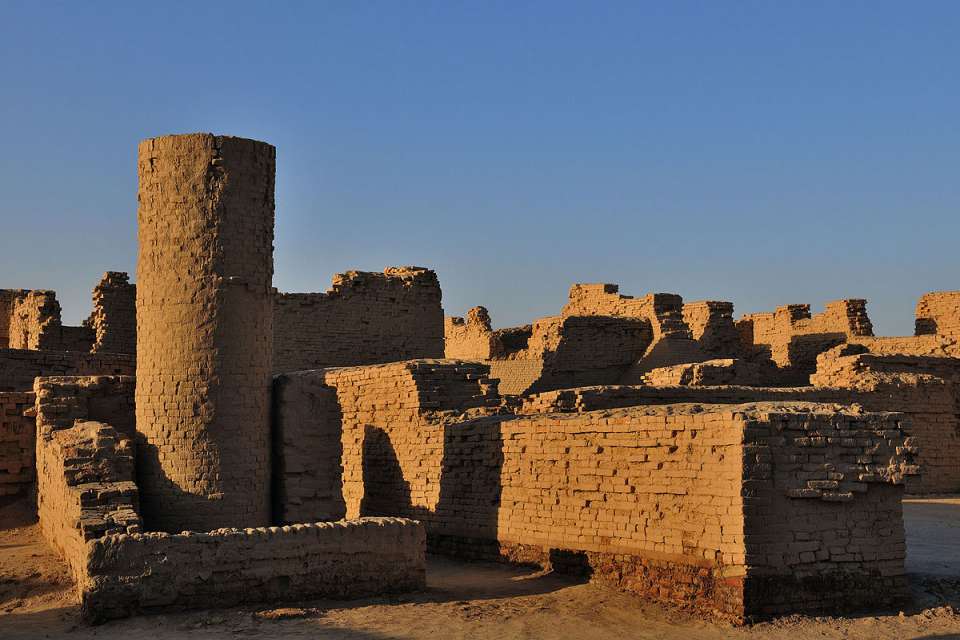
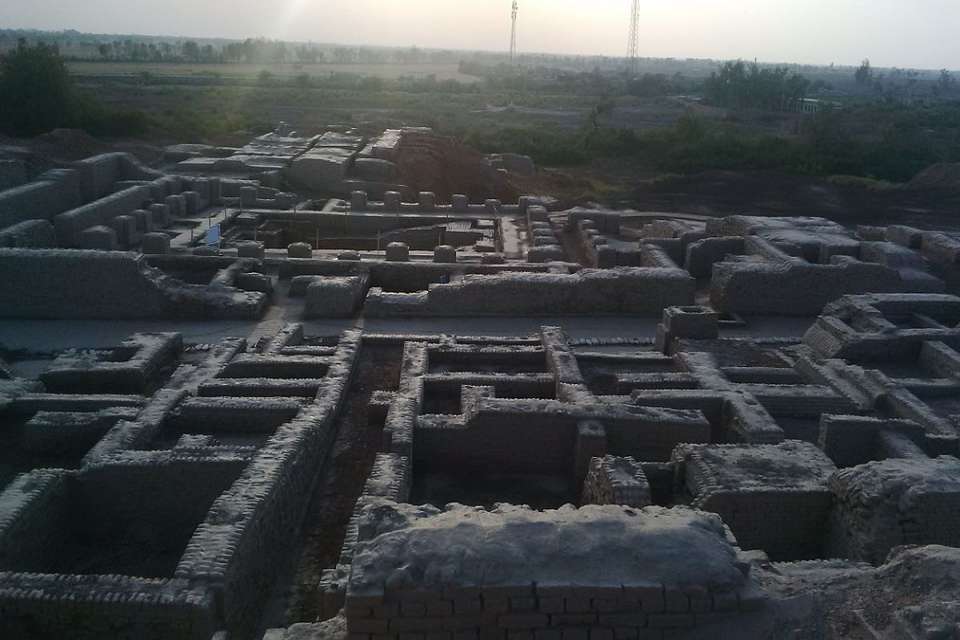
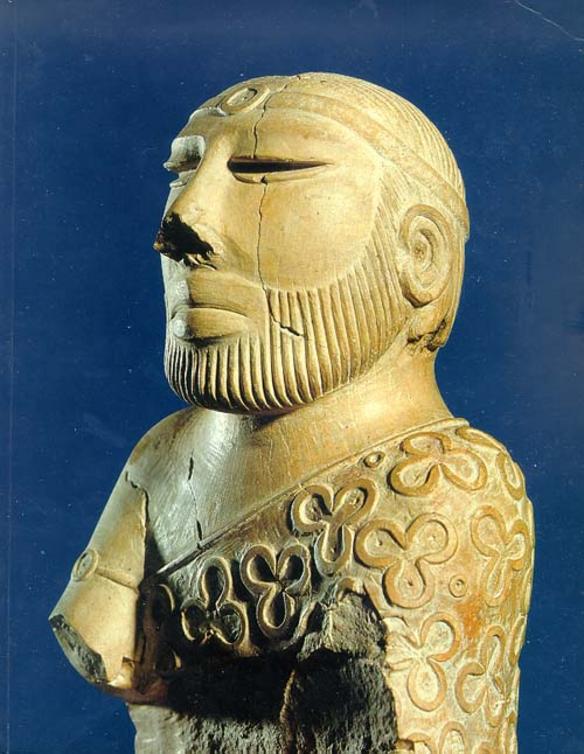

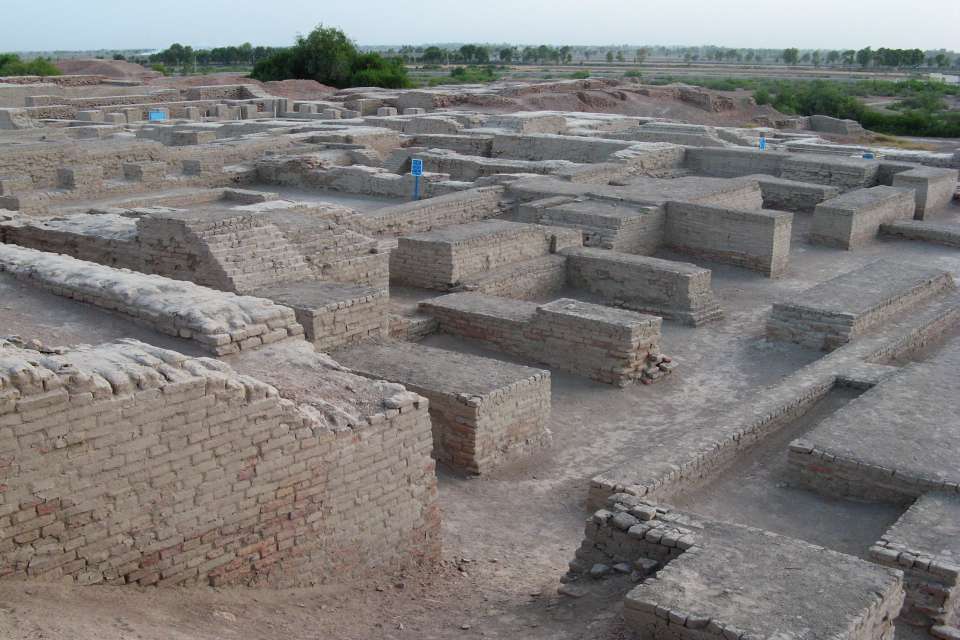






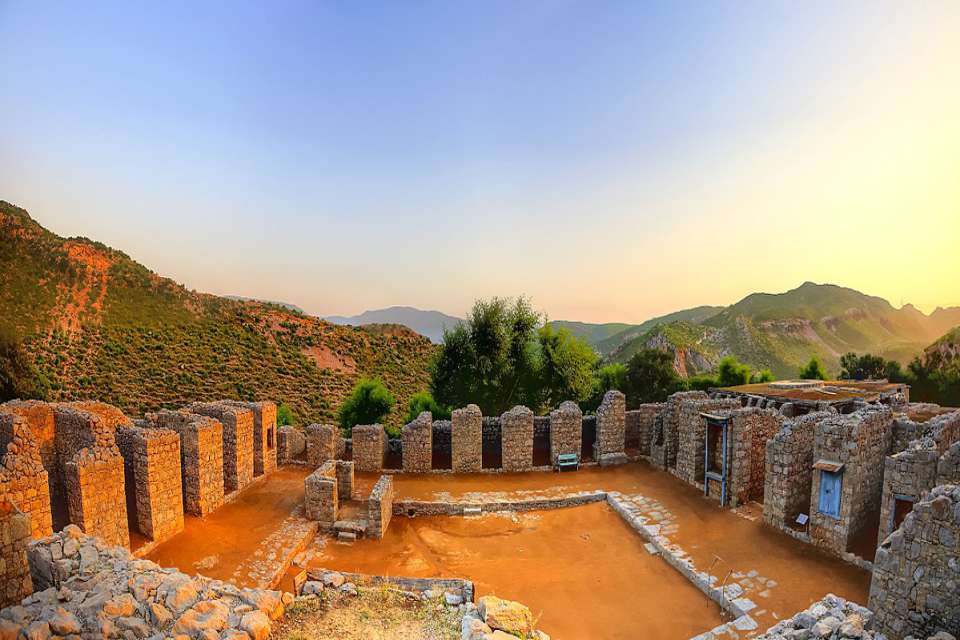
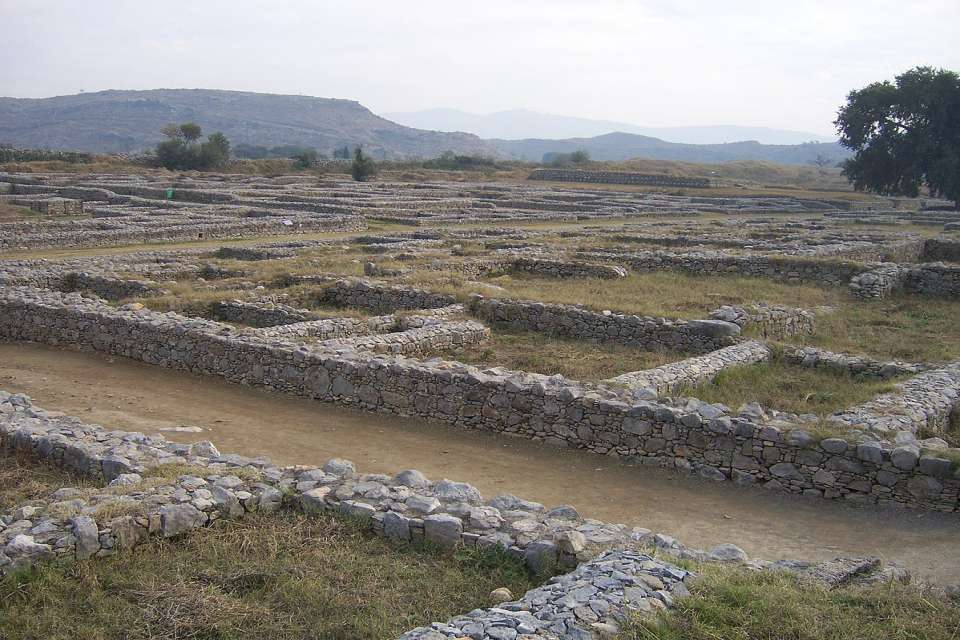

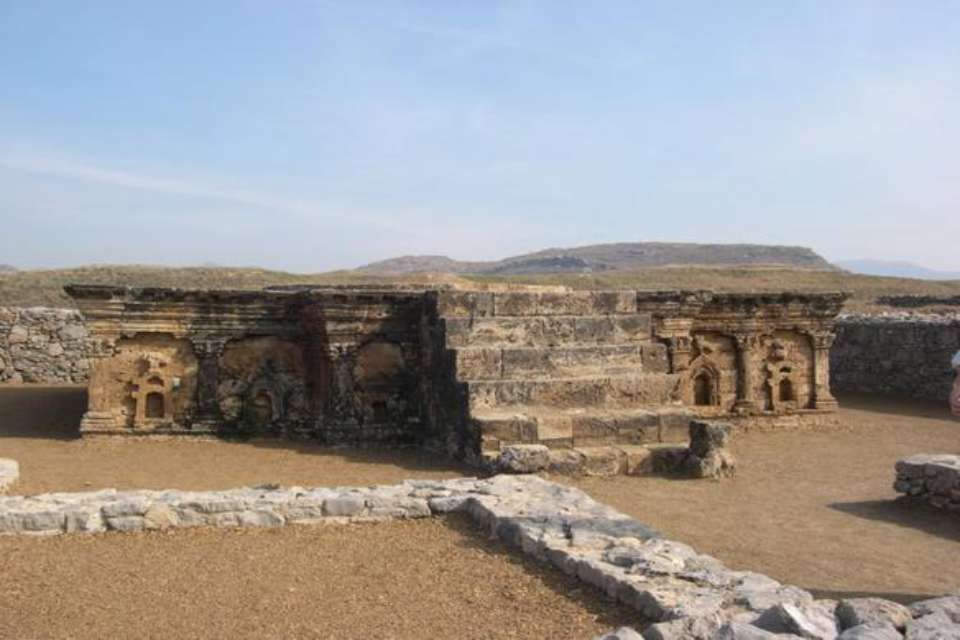
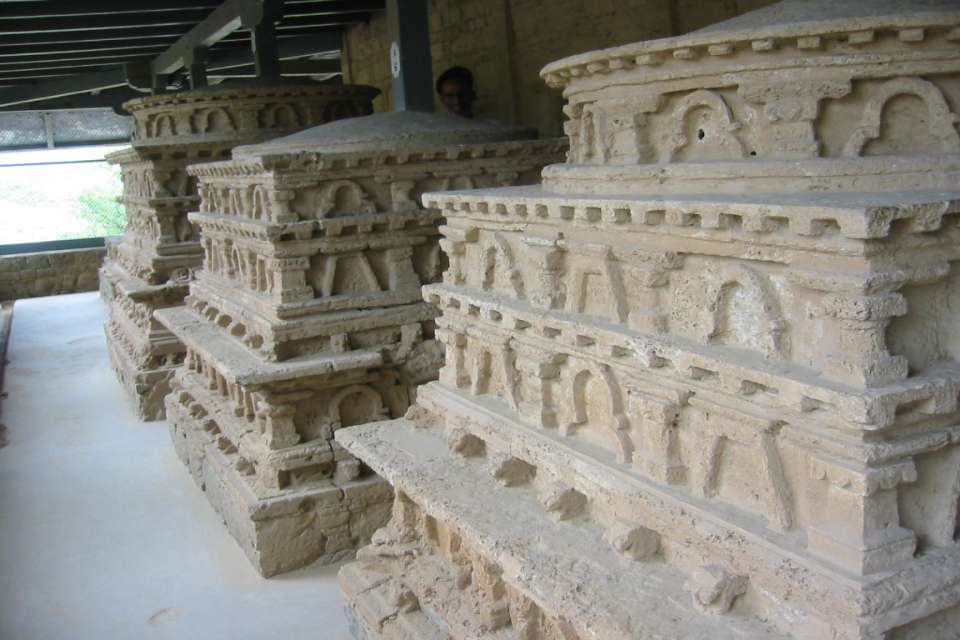

Pakistan’s Splendid Heritage
Table of Contents
“Pakistan, a cradle of the world oldest civilizations”
Pakistan cultural & heritage richness is a compelling realization of the significant past of this region. The archaeological findings reveal the evolution of civilization in this region through different archaeological periods (three-age categorization) of Stone Age, Bronze Age & Iron Age.
Pakistan’s geographical location and climate diversity had been favorable for the humankind which is why this region had been the cradle for some of the oldest civilizations of the world amongst which Indus Valley Civilization & Buddhist Gandhara Civilizations are the most significant.
Mehergarh & Indus Valley Civilizations
” Ancient development of cities and urban planning”
Mehergarh in Balochistan is reflection of Mehergarh Culture & Mohenjo-Daro in Sindh manifests Indus valley civilization, situated on the west side & east side of Indus River respectively. Mehergarh site is about 12000 years old and belongs to the Stone-Age era. While the archaeological site of Mohenjo-Daro is about 5000 years old and belongs to the Bronze-Age era. Harappa, another ancient archaeological site of the Indus Valley civilization dates back to same era as Mohenjo-Daro, situated at the bank of River Ravi in Punjab.
Gandhara Civilization
” An era of art & crafts excellence & great spiritual learning”
The Indus Valley civilization was preceded by Gandhara Civilization which belongs to the Iron Age era where iron tools and weapons superior to their bronze equivalents became widespread. The Gandhara civilization is about 3000 years old. Gandhara (means “Land of the Lakes”) was a region which comprised of Peshawar, Mardan, Malakand, Swat, Dir, Bajaur & Taxila in Pakistan & upto Jalalabad in Afghanistan. Taxila was the capital of Gandhara & was major cultural and learning center at that time. The civilization of this region was called Gandhara civilization & Buddhism was its official religion which later spread towards east as far as Japan & Korea. Many archaeological sites, stupas & artifacts discovered from this region are clear manifestations of the great Gandhara Civilization & development that this region experienced 3000 years ago.
Pakistan Ancient Heritage Sites
“Best kept secrets of the ancient cultures & civilizations”
Pakistan is custodian of the ancient heritage sites which have outstanding cultural or natural importance to the common heritage of humanity. These historical sites provide inquisitive minds a window to the great ancient civilizations of the world.
1. Mehergarh
“A small farming village which became the birthplace of Indus Valley Civilization “
Mehergarh was small farming village of simple mud houses which was inhabited from circa 6500 BCE. Mehergarh is located near Bolan Pass in Kacchi Plain of Balochistan. It is believed that Meherghar was one of the earliest sites providing an evidence of farming and herding in South Asia. The site was discovered in 1974 by archaeological team led by French archaeologists Jean-François Jarrige & Catherine Jarrige. It is believed that culture from Mehergarh migrated to Indus Valley and became Indus Valley civilization.
2. Mohenjo-Daro
“A well developed urbanized settlement & center of Indus Valley Civilization “
Mohenjo-Daro was the most advanced city of its time, built upon sophisticated civil engineering and urban planning principles. It is believed to be one of the largest and earliest urbanized settlements in South Asia at the time like the ones in ancient Egypt, Mesopotamia, Minoan Crete and Norte Chico. Mohenjo-Daro was developed around 3,000 BCE. So, this makes it a 5000 years old city manifesting ancient Indus Valley Civilization.
Mohenjo-Daro archaeological site was first discovered in 1920. Mohenjo-Daro is located on the right bank of Indus River in Larkana District of Sindh. Mohenjo-Daro has been listed as the World Heritage Site by the UNESCO in 1980.
3. Harrapa
“A well developed urbanized settlement & center of Harrapan/Indus Valley Civilization “
Harrapa, another most advanced city of its time with well-developed planned urbanization settlements, in the same period as that of Mohenjo-Daro is attributing to the ancient Indus Valley Civilization also called Harrapan civilizations. Harappa is situated south of Lahore in Sahiwal District of Punjab. It was discovered in the same time (1920) as that of Mohenjo-Daro.
4. Taxila
“Capital of Gandhara Civilization & Buddhism Spiritual center”
Taxila was the capital of spectacular Gandharan civilization and the seat of Buddhism & strategically important city in the ancient times, situated at pivotal junction of subcontinent and central Asia and is over 3000 years old.
The charm of Taxila had attracted Alexander the great in 326 BC, with whom the Greek culture came to this region. Taxila after coming under the Mauryan dynasty rule, reached a remarkable matured level of development under the great Ashoka. During the year 2 BC, Buddhism was adopted as the state religion, which flourished and prevailed for over 1000 years, until the year 10 AD. Many Stupas and Buddhists monuments were built in major towns of the Gandhara region during this time. Dharamarajika Stupa built by Dhararaja, a title of the Mauryan emperor Ashoka, in the middle of the 3rd century is the oldest Buddhist monument in Taxila. The Dharamarajika Stupa contained the sacred relics of the Buddha and the silver scroll commemorating the relics. Many of the gold and silver coins, gems, jewellery and other antiques were discovered here and are housed in the Taxila museum.
Taxila was not only center of spiritual influence but also the cradle of the world famous Gandhara culture, art and learning. It was from this center that a unique art of sculpture originated which is known as Gandhara Art all over the world leaving a monumental and rich legacy of art and architecture in Pakistan.
5. Takhat-i-Bhai
“A Unique Buddhist Monastery”
Takht-i-Bhai is home to a Buddhist monastery located on a rocky ridge about 15 kilometers northeast of Mardan. This structure dates back to two to five century AD.
The feature which distinguishes this site from others, is its architectural diversity and its romantic mountain setting. The site includes the main stupa and two courtyards in different terraces surrounded by votive stupa and shrines, the monastic quadrangles surrounded by cells for the monks, and a large hall of assembly. In one of the stupa courtyard is a line of colossal Buddhas, which were originally 16 to 20 feet high.
The site’s distinctive feature is the peculiar design and arrangement of the small shrines, which surround the main stupa. These shrines built upon a continuous sculptured podium and were crowned alternately with stupa-like decor forming an ensemble. The beauty and grandeur provided by the entire composition is unparalleled in the Buddhist traditions.
6. Swat
” A Place of Buddhist Pilgrimage”
Swat was believed as the holy land of Buddhist learning and piety. Swat acquired fame as a place of Buddhist pilgrimage. Buddhist tradition holds that the Buddha himself came to Swat during his last reincarnation as the Guatama Buddha and preached to the people here.
Swat is filled with many beautiful stupas and Buddhist monasteries. There are more than 400 Buddhist sites covering an area of 160 Km in Swat valley only. Among the important Buddhist excavation in swat an important one is Butkarha near Saidu Sharif which contain the original relics of the Buddha. Swat museum showcases many of the Buddhist relics found in Swat. Swat is located in the north of Pakistan at distance of around 250 Kilometers from Islamabad (the capital city of Pakistan).


Post Discussion